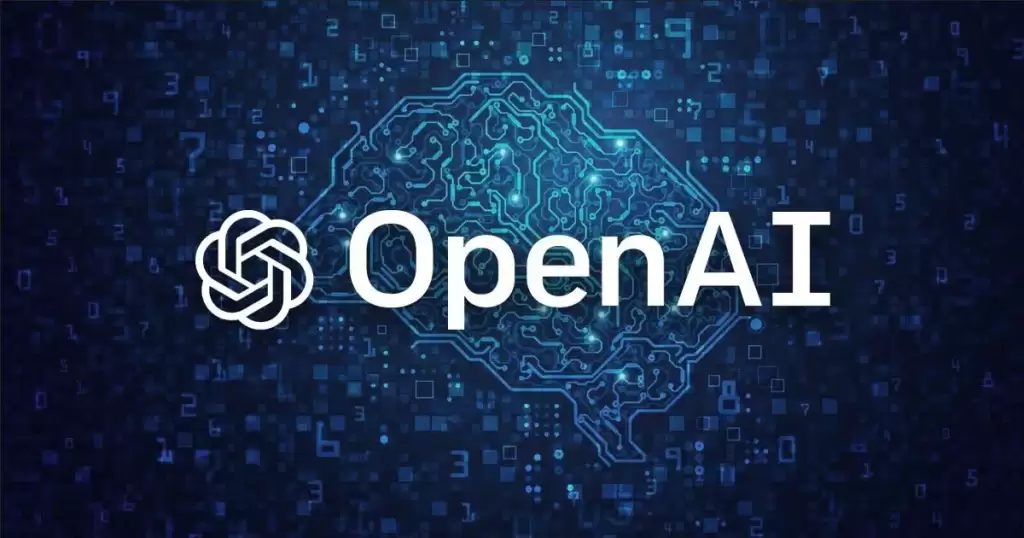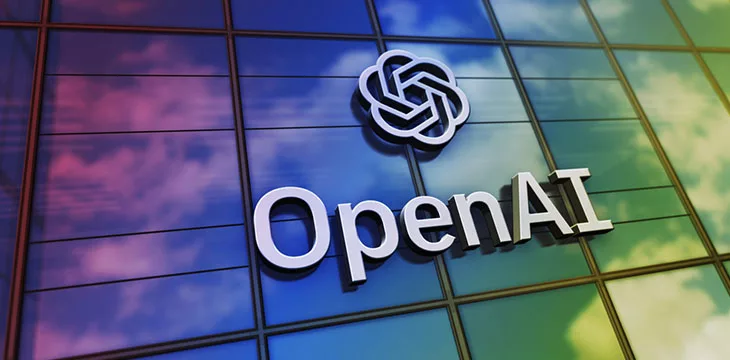OpenAI has developed an advanced AI detection system capable of identifying text generated by its ChatGPT model through a technique known as watermarking. This method modifies the prediction patterns of ChatGPT to embed a detectable signature within the text, creating an invisible pattern that can be identified later. The system, reportedly showing up to 99.9% accuracy in detecting AI-written content, has been in development for approximately two years and ready for about a year.
The Benefits of Watermarking
One of the key arguments in favor of releasing the watermarking tool is its potential benefit to educators. With the ability to verify if students are using AI to complete assignments, the tool could uphold academic integrity. This capability is particularly pertinent as AI-generated content becomes increasingly sophisticated and widespread.

Concerns and Challenges
Despite its potential advantages, OpenAI has hesitated to unveil this technology due to several concerns:
- User Experience and Revenue Impact: Introducing watermarking might negatively impact user experience, with some estimates suggesting nearly 30% of ChatGPT users might reduce their use of the software if the watermarking feature is implemented. This reduction could adversely affect OpenAI’s revenue.
- Circumvention Methods: The watermarking technique, while highly accurate, is not foolproof. Users could potentially circumvent the system by rephrasing text or using alternative AI models, thereby undermining its effectiveness.
- Stigmatization of AI: There is a concern that watermarking might stigmatize AI as a tool, especially for non-native English speakers who rely on such technologies for writing assistance. This could inadvertently discourage the use of AI tools that are otherwise beneficial for improving language skills and accessibility.
READ ALSO: Google Unveils 2024 Startups Accelerator Africa Cohort
Exploring Alternative Solutions
In response to these concerns, OpenAI is exploring alternative methods for detecting AI-generated text. One potential solution involves embedding cryptographic metadata within the text. This approach aims to provide a more powerful and less intrusive means of verifying the origin of text, thereby addressing some of the drawbacks associated with watermarking.
Conclusion
OpenAI’s decision to potentially release its AI detection system involves balancing the benefits of ensuring academic integrity and combating misinformation with the potential negative impacts on user experience and business revenue. As the company deliberates, it continues to explore alternative methods, such as cryptographic metadata embedding, to offer robust solutions for identifying AI-generated content without the associated drawbacks of watermarking.
This ongoing internal debate highlights the complex considerations at play in responsibly deploying advanced AI technologies. As AI continues to evolve, finding the right balance between innovation, user experience, and ethical considerations will remain a critical challenge for OpenAI and similar organizations.




